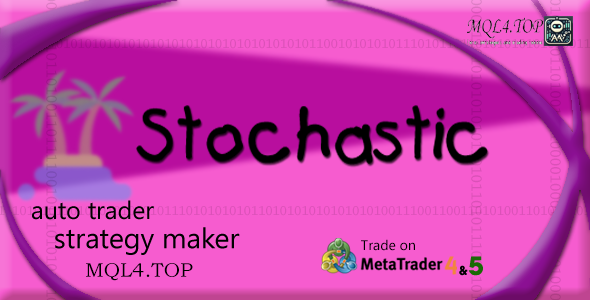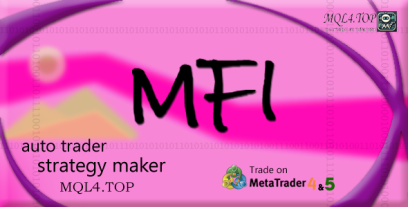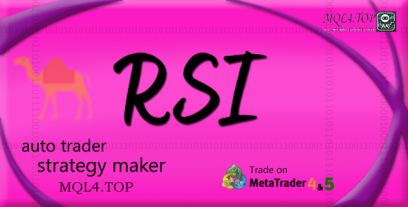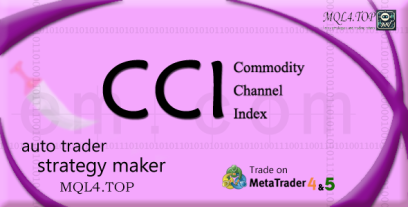 WhatsApp: +98-9171792581
WhatsApp: +98-9171792581  Telegram ID: @aayateam
Telegram ID: @aayateam
Stochastic Indicator and Its Trading Robot
The Stochastic Indicator is a popular and powerful technical analysis tool used to measure overbought and oversold levels in financial markets. It is considered an oscillator, meaning it is primarily used to identify market conditions where prices are at abnormal levels. The indicator is calculated by comparing the current market price with the highest and lowest prices over a specific time period, helping traders make better decisions.
Here’s a detailed explanation of how the indicator works, how to use it, and the best trading strategies with it.
How Does the Stochastic Indicator Work?
The Stochastic Indicator consists of two main lines:
- %K line: The main line that reflects the difference between the current price and the highest/lowest price over a set period.
- %D line: A moving average of the %K line, typically used as a confirmation signal to identify ideal buying or selling points.
The indicator ranges from 0 to 100, and usually:
- If the indicator is above 80: The market is considered overbought, which may indicate that the asset is overpriced and a downward reversal might happen. 📉
- If the indicator is below 20: The market is considered oversold, which may indicate that the asset is undervalued and a price increase might follow. 📈
Types of Trading Signals Using the Stochastic Indicator
1. Crossovers of %K and %D Lines:
- Bullish Crossover: When the %K line crosses the %D line from below, it is considered a strong buy signal. ✅
- Bearish Crossover: When the %K line crosses the %D line from above, it is considered a strong sell signal. ❌
2. Breakout Strategies from Overbought/Oversold Zones:
- Breakout from Oversold Zone (< 20): If the indicator rises above 20 after being below, it is a buy signal. 🟢
- Breakout from Overbought Zone (> 80): If the indicator falls below 80 after being above, it is a sell signal. 🔴
3. Sharp Fluctuations (Reversals):
- Bullish Reversals: When the indicator moves from the oversold zone upward to reach 50 or higher, it usually marks the start of an uptrend. 🚀
- Bearish Reversals: When the indicator moves from the overbought zone downward to reach 50 or lower, it often signals the beginning of a downtrend. ⚡
How to Use the Stochastic Indicator in Trading
Choose the Right Time Frame:
The Stochastic indicator works best with short time frames (like 14 periods) to capture price volatility accurately. However, longer periods can help in understanding broader trends.
Use Crossovers Wisely:
Crossovers between %K and %D provide entry or exit signals. It’s recommended to wait for confirmation before entering a trade.
Combine Stochastic with Other Indicators:
To enhance your strategy, combine Stochastic with other indicators like Moving Averages (MA) or the Relative Strength Index (RSI). This reduces false signals and strengthens overall analysis. 📊
Multi-Timeframe Analysis:
Increase your trading success by analyzing the Stochastic indicator across different timeframes. For example, if you trade on a 15-minute chart, check the 1-hour or 4-hour chart to confirm the broader market trend.
Professional and Optimized Capital Management 💼
Capital management is one of the most important factors for success when using the Stochastic indicator. Even with the best strategy, poor money management can destroy your trading account. Here are some tips:
- Use a small percentage of your account per trade:
Limit your risk to 1–2% of your capital per trade to keep your account safe. - Calculate position size carefully:
Use risk/reward ratios like 1:2 or higher to improve your profitability. - Always set a Stop Loss:
Place your Stop Loss near key support or resistance levels to protect against sudden reversals. - Use Take Profit targets:
Define a Take Profit at possible support/resistance levels based on your Stochastic-based strategy. - Diversify your strategies:
Don’t rely on just one. Combine Stochastic with other strategies like Moving Averages or other oscillators to achieve better results.
Conclusion 📝
The Stochastic Indicator is a highly effective tool for analyzing markets and spotting ideal trading opportunities. It excels in identifying overbought and oversold conditions, allowing traders to make informed decisions on when to enter or exit trades. Moreover, its use in trading robots allows for automated, professional trading and more precise risk management.
Professional capital management is the key element in succeeding with the Stochastic strategy. It helps preserve your funds and improves your chances of long-term success.
 WhatsApp: +98-9171792581
WhatsApp: +98-9171792581  Telegram ID: @aayateam
Telegram ID: @aayateam
Tags:












Comments (0)
Reviews
There are no reviews yet.